If I want to process the oscillator output stages, what care should be taken in order to acquire a sine wave with as low THD (Total Harmonic Distortion) as possible?
The oscillator you linked to is producing an "HCMOS" output. This means a square wave. It is designed to produce substantial harmonic content.
If your requirements aren't too strict, possibly you could use this square-wave oscillator and filter the output to produce a sine wave.
But if that isn't sufficient you might need to look for an oscillator that is designed to produce a sine wave output rather than a square wave. This could mean purchasing a different oscillator product, or it could mean buying just a crystal and building your own oscillator circuit around it.
When I say post-processing, I want to convert the unipolar output of oscillator into bipolar levels. I am afraid this can cause a lot of distortion.
Just AC-coupling the output (once you have a sine oscillator instead of a square wave oscillator) oughtn't to introduce much harmonic content. Using a buffer chip of some kind to invert the signal might require greater care to ensure low distortion.
I presume using that pF at the output provides the stability in output, am I correct?
Since the output is CMOS, this capacitance shouldn't affect the oscillation frequency much at all. It is a limit on what the output buffer is designed to drive while still achieving the listed specs (output voltages high and low, rise and fall times, and power supply current would see the most impact from excess load capacitance). Any load less than the rated 15 pF should be fine (but will still give you a square wave output, not a sine).
